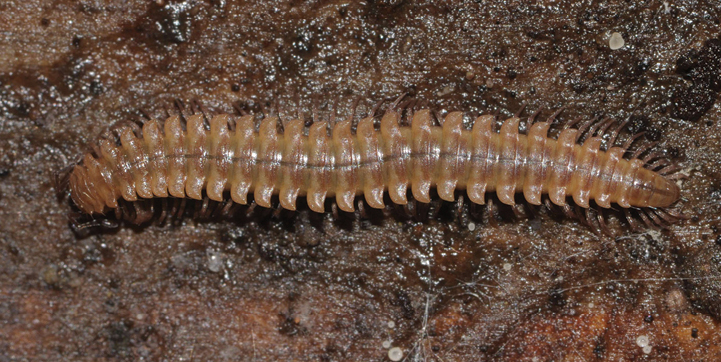|
Bergamosoma
''Bergamosoma'' is a genus of millipede Millipedes (originating from the Latin , "thousand", and , "foot") are a group of arthropods that are characterised by having two pairs of jointed legs on most body segments; they are known scientifically as the class Diplopoda, the name derive ...s belonging to the family Craspedosomatidae. The species of this genus are found in Central Europe. Species: * '' Bergamosoma baldense'' (Verhoeff, 1934) * '' Bergamosoma bergomatium'' (Verhoeff, 1925) References {{Taxonbar, from=Q4290315 Chordeumatida Millipede genera ... [...More Info...] [...Related Items...] OR: [Wikipedia] [Google] [Baidu] |
Bergamosoma Bergomatium
''Bergamosoma'' is a genus of millipedes belonging to the family Craspedosomatidae. The species of this genus are found in Central Europe. Species: * ''Bergamosoma baldense ''Bergamosoma'' is a genus of millipede Millipedes (originating from the Latin , "thousand", and , "foot") are a group of arthropods that are characterised by having two pairs of jointed legs on most body segments; they are known scientifica ...'' (Verhoeff, 1934) * '' Bergamosoma bergomatium'' (Verhoeff, 1925) References {{Taxonbar, from=Q4290315 Chordeumatida Millipede genera ... [...More Info...] [...Related Items...] OR: [Wikipedia] [Google] [Baidu] |
Craspedosomatidae
Craspedosomatidae is a family of millipedes in the order Chordeumatida. Most adult millipedes in this family have 30 segments (counting the collum as the first segment and the telson as the last), but some have only 28. There are at least 30 genera and 210 described species in Craspedosomatidae. Genera The following are included in ''BioLib.cz'':BioLib.cz: family Craspedosomatidae Gray in Jones, 1843 (retrieved 15 January 2024) # '' Antroverhoeffia'' Strasser, 1970 # '' Aporogona'' Cook, 1895 # '' Asandalum'' [...More Info...] [...Related Items...] OR: [Wikipedia] [Google] [Baidu] |
Millipede
Millipedes (originating from the Latin , "thousand", and , "foot") are a group of arthropods that are characterised by having two pairs of jointed legs on most body segments; they are known scientifically as the class Diplopoda, the name derived from this feature. Each double-legged segment is a result of two single segments fused together. Most millipedes have very elongated cylindrical or flattened bodies with more than 20 segments, while pill millipedes are shorter and can roll into a tight ball. Although the name "millipede" derives from Latin for "thousand feet", no species was known to have 1,000 or more until the discovery in 2020 of '' Eumillipes persephone'', which can have over 1,300 legs. There are approximately 12,000 named species classified into 16 orders and around 140 families, making Diplopoda the largest class of myriapods, an arthropod group which also includes centipedes and other multi-legged creatures. Most millipedes are slow-moving detritivores, eat ... [...More Info...] [...Related Items...] OR: [Wikipedia] [Google] [Baidu] |
Chordeumatida
Chordeumatida (from the Greek word for "sausage") is a large order of millipedes containing more than 1,400 species. Also known as sausage millipedes, they are found nearly worldwide. Chordeumatida is the largest order in the superorder Nematophora, a group also known as spinning millipedes because their telsons feature spinnerets used to build nests of silk. These millipedes produce this silk to create chambers in which to molt or to lay their eggs. Description Chordeumatidans take on a wide variety of forms, including some that are cylindrical and others that are flat-backed. Most species have 26 to 32 body segments (including the telson) behind the head, with the number usually fixed within species. These millipedes range in length from 3.5 mm to 42 mm, although most species are 10 mm to 25 mm long. They are usually drab in color, ranging from various shades of brown to unpigmented, but some feature distinct patterns. Species in this order share a set of features that dist ... [...More Info...] [...Related Items...] OR: [Wikipedia] [Google] [Baidu] |

